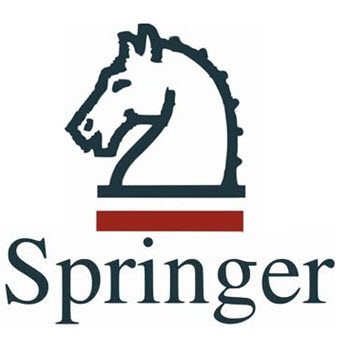Abstract
Algae are known with many detrimental impacts on drinking water quality. Discharge of municipal and agricultural wastewater into the receiving water resources make desirable conditions for algae growth and consequently cause eutrophication phenomena. Water samples were withdrawn monthly from 5 stations in Zabol City within spring and summer seasons. To identify algae species, micronutrients, and physical parameters such as temperature, depth of Secchi disk (SD) and pH on their growth were evaluated. The average phosphate in spring and summer were observed to be 0.034 and 0.028 mg/L, respectively. The results obtained from the present study indicated that the volume and depth of the water reservoirs were less critical on total phosphorus compared with the concentration of algal cells and total nitrogen. The mean pH for water samples taken from Chah Niemeh (CN) in spring and summer were observed to be 8.4 which is suitable for algae growth. Furthermore, the mean temperature (>20 °C) in both seasons were found to be desirable for the growth of algae, especially cyanobacteria in the CN. Moreover, the mean SD in spring and summer samples was 96.16 m and 119.83 m, respectively. As a result, the reservoir had low transparency in terms of algal growth. Totally, most of the identified algae were green algae (50%), algal flagella (19%), cyanobacteria (15.4%) and diatoms (15%). Therefore, cyanobacteria are most possible responsible for the taste and odor in the CN water reservoir. Future efforts should be directed toward preventive measurements for protecting water reservoirs from municipal and agricultural wastewaters and algae control.



No responses yet